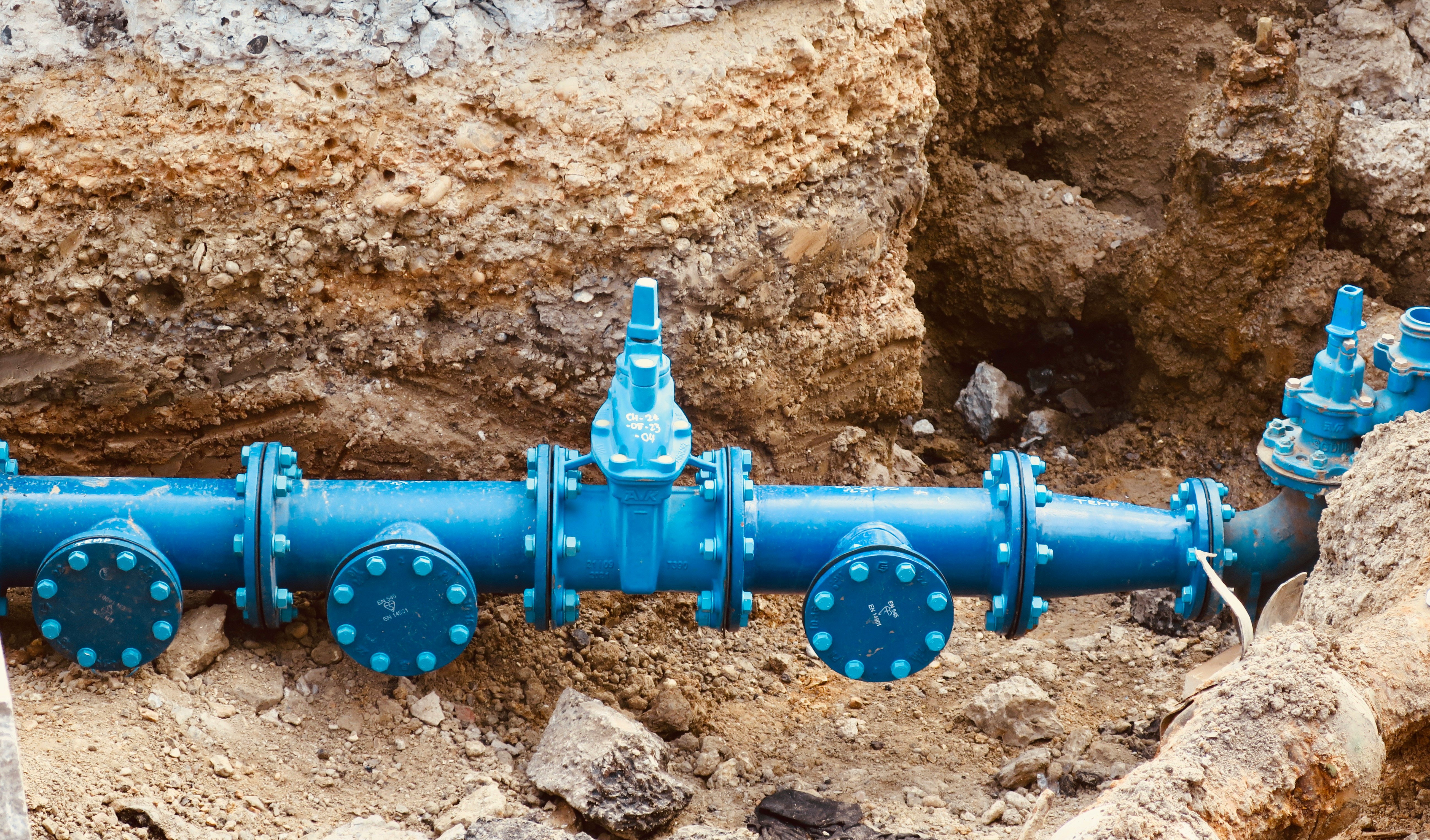Climate change is making water leakage worse

Table of contents
When we think about climate change, we picture floods, droughts, and wildfires. But there’s another effect happening underground: more water is being lost through leakage. As summers get hotter and drier, and winters deliver sharper cold snaps, pipes are breaking more often — and the problem is only set to grow.
Summers that shrink the ground
Long, hot summers dry out soils, especially clay. When that ground shrinks, pipes shift with it. Older, brittle mains made of cast iron or asbestos cement are particularly vulnerable. And when rain finally returns, the soil swells back, putting pipes under strain again.
Research shows that these drought-driven movements can increase leakage by 5–10% in the clay belts of southern and eastern England. With UK climate projections pointing to hotter, drier summers, this risk is here to stay.
Winters that crack the network
While frost days are declining overall, sudden freeze–thaw events still happen — like the “Beast from the East” in 2018 or December 2022. During those episodes, utilities reported burst rates two to three times higher than normal, with some areas seeing water demand jump by 50 million liters a day as leaks surged.
Historically, these sharp thaws have left thousands of customers without supply for hours or even days. In short, fewer cold days doesn’t mean fewer problems — it means more unpredictable ones.
When extremes stack together
The real danger is when these stresses combine. A drought summer weakens pipes, then a sudden winter thaw hits. Evidence suggests this sequence can raise burst rates by another 10–30% on top of the thaw effect alone. That means already fragile networks face a compounded risk just as demand is hardest to manage.
How water companies can respond
Some solutions are already clear:
- Smarter pressure management during heat and cold to cut leakage before it happens.
- Faster surge capacity for detection and repair teams when bursts spike.
- Better mapping of soils and pipe materials to target the riskiest corridors.
- Long-term replacement of brittle mains with more flexible materials.
Where Cogna fits in
Even with these measures, leakage is as much a data challenge as an engineering one. Extreme events generate too many signals for teams to handle quickly. Cogna works with water companies to design bespoke tools that fit the way their teams actually operate. We unify the data across systems, help prioritize the work so resources go where they’re needed most, and close the loop by making it easy to track every repair through to completion.
Beyond fixing leaks as they happen, our approach also helps utilities strengthen long-term resilience — using asset health insights to guide mains renewal and investment decisions, taking into account factors such as pipe material, age, and soil conditions.
Conclusion
Leakage may not grab headlines like floods, but it’s one of the most immediate climate impacts on our water system. The pressures of hotter summers and sharper thaws are already here. With smarter tools and clearer data, we can get ahead of them — and keep water flowing where it’s needed most.

